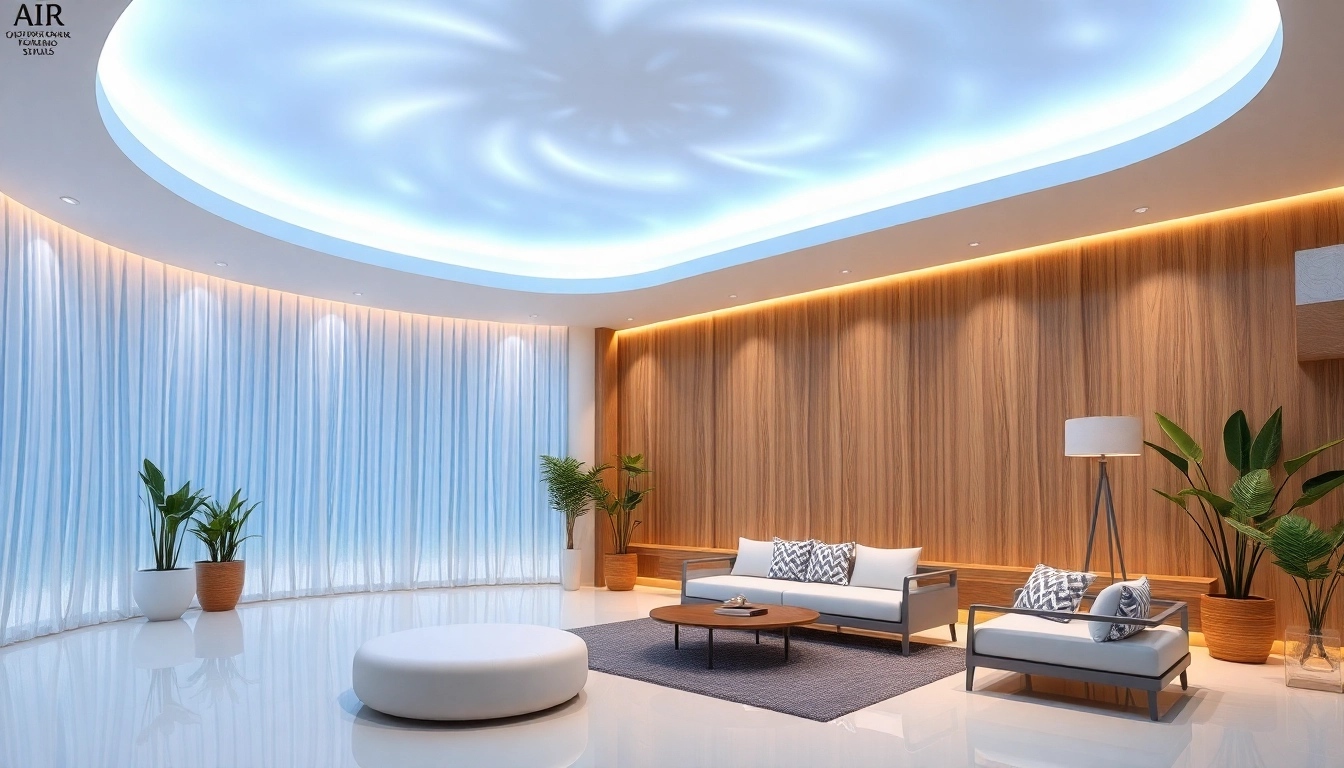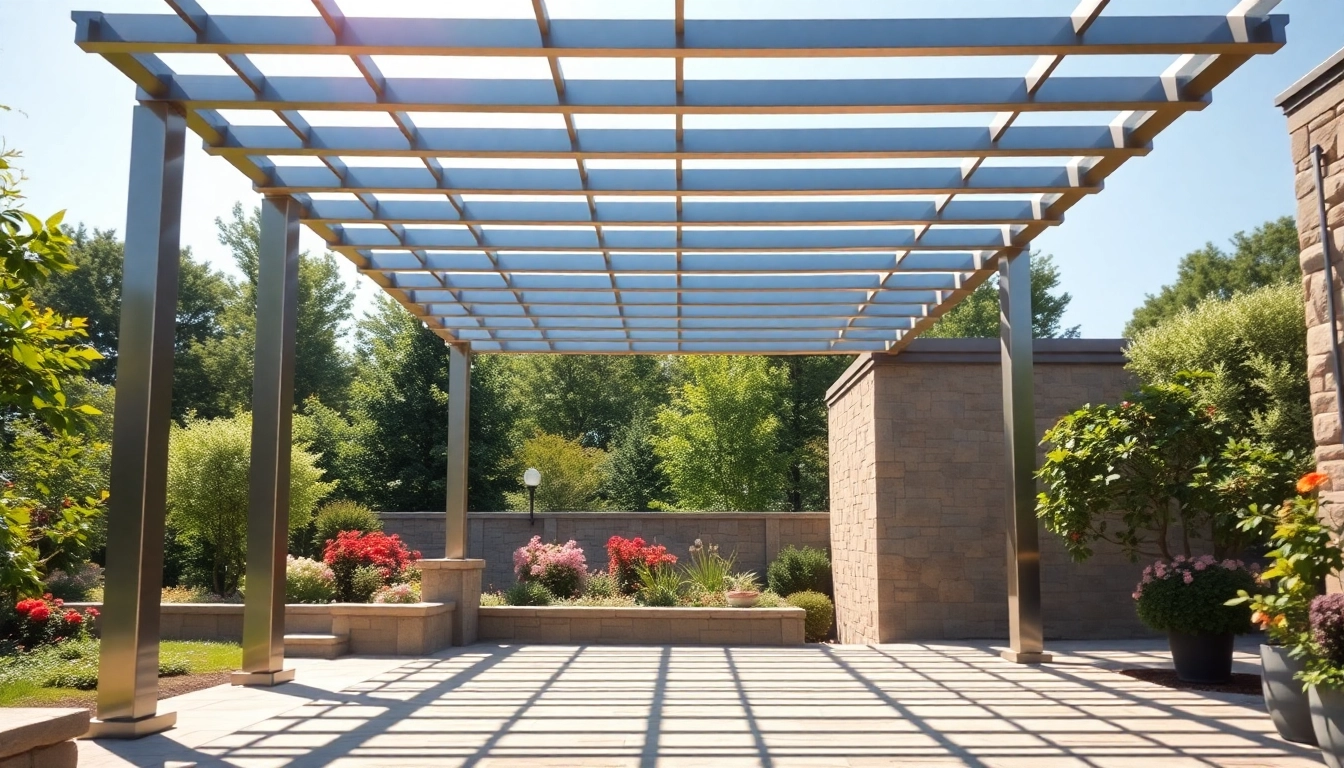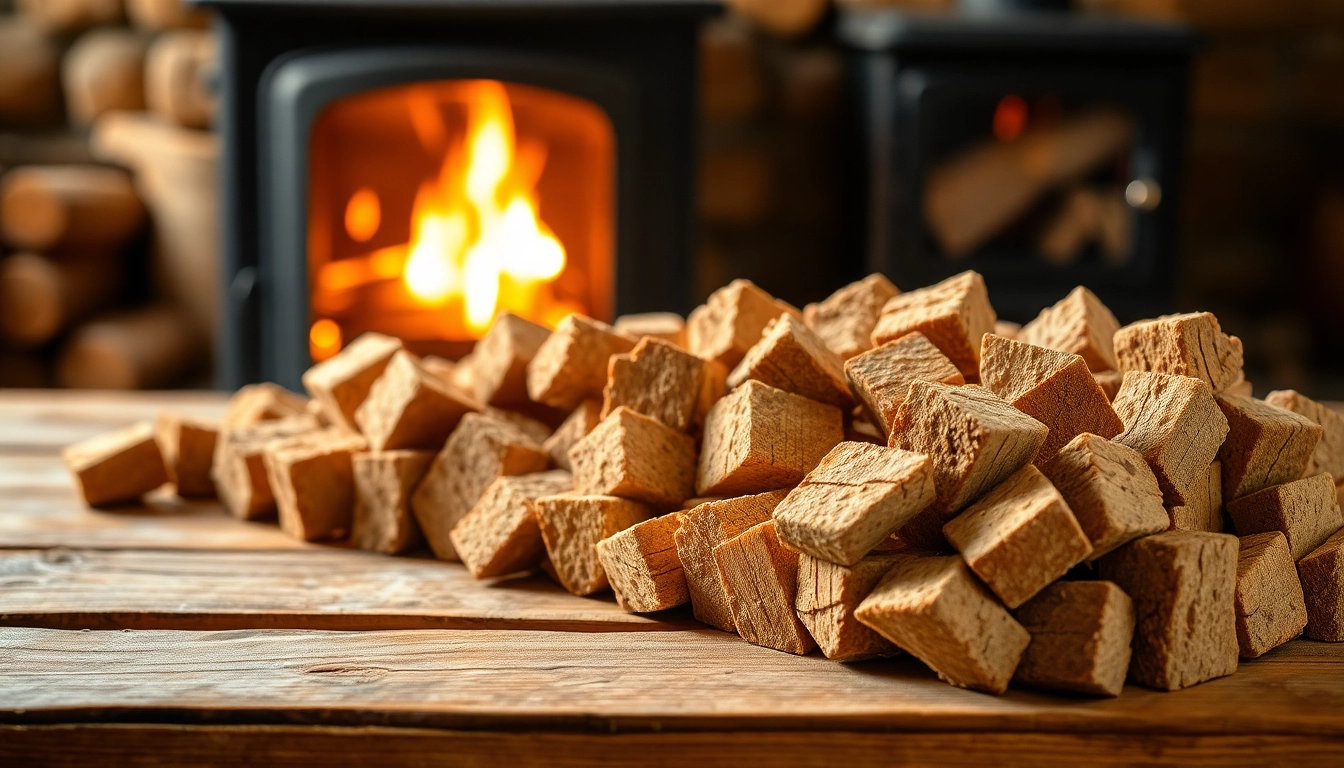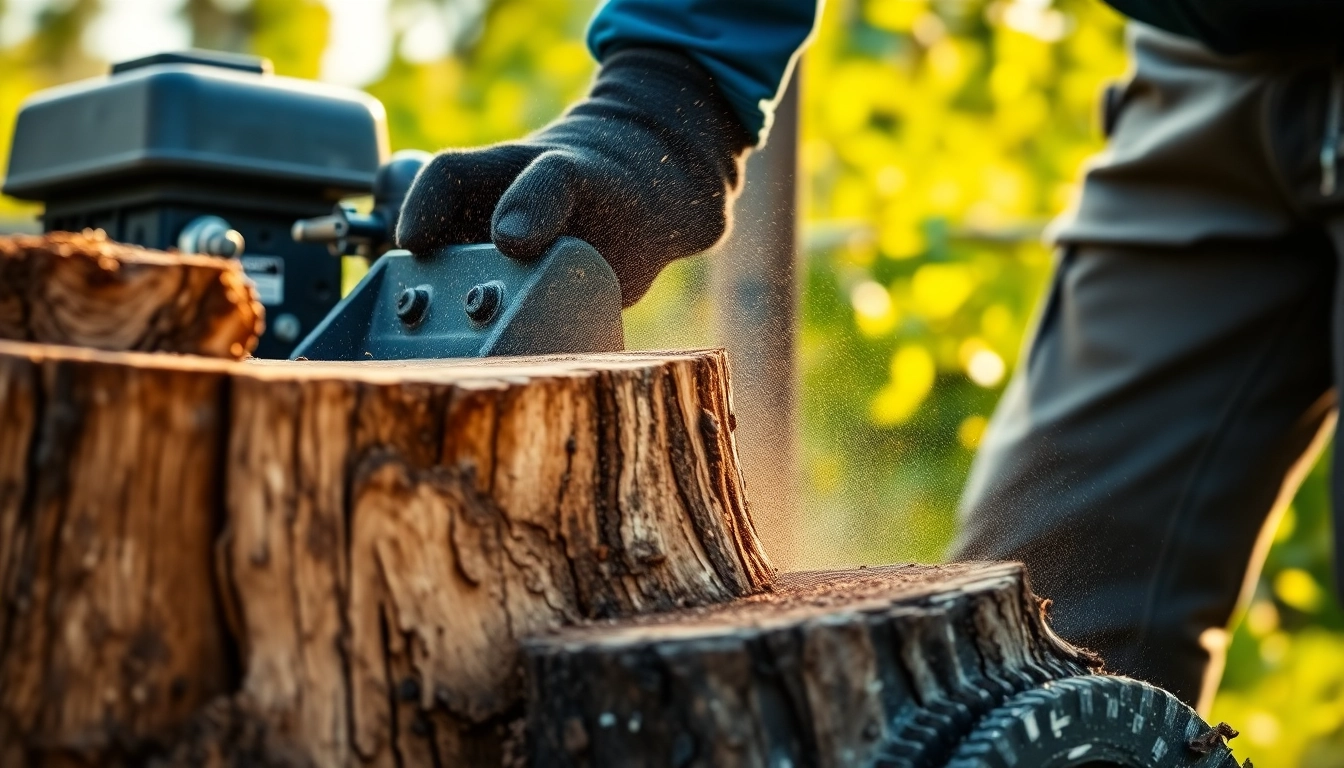Introduction to Water Vapor Fireplaces
The advent of modern technology has transformed home heating and ambiance solutions. Among the most innovative creations is the water vapor fireplace, a sophisticated alternative to traditional fireplaces. These unique devices utilize advanced technology to produce a flame effect without actual fire, smoke, or combustion, offering safety and efficiency while enhancing the aesthetic appeal of any space. As interest in sustainable and safe home solutions rises, understanding water vapor fireplaces becomes essential for homeowners looking to blend beauty with practicality.
What is a Water Vapor Fireplace?
A water vapor fireplace is an electric fireplace that generates a realistic flame-like illusion using ultrasonic technology to vaporize water. This process creates a fine mist illuminated by LEDs, mimicking the visual characteristics of traditional flames. Unlike conventional fireplaces that burn wood or gas, water vapor fireplaces operate without the risks associated with combustion, making them an attractive option for modern living spaces.
History and Development of Technology
The concept of using water vapor to create a flame illusion has its roots in advancements in ultrasonic technology, which has been utilized in various applications for decades. The evolution of water vapor fireplaces occurred as demand grew for cleaner, safer, and more convenient home heating solutions. Today, many manufacturers, including companies like Aquafire and other innovating brands, have developed efficient models that meet consumer needs while adhering to environmental benefits.
Advantages and Disadvantages
Water vapor fireplaces come with a unique set of benefits and challenges:
- Advantages:
- Safety: No actual flames reduce the risk of fire hazards, perfect for homes with small children or pets.
- Versatile Design: They can be integrated into various architectural styles without the need for a traditional chimney.
- Environmental Impact: These units produce no harmful emissions and are energy-efficient, supporting greener home practices.
- Disadvantages:
- Heat Output: They are primarily decorative; they do not provide substantial heating for large areas.
- Moisture Levels: The generated mist may contribute to humidity in enclosed spaces, potentially leading to moisture-related issues.
- Regular Maintenance: Cleaning is necessary approximately every two weeks to maintain optimal performance without mineral buildup from the water vapor.
How Water Vapor Fireplaces Work
Ultrasonic Technology in Water Vapor Fireplaces
The heart of a water vapor fireplace is its ultrasonic technology, which uses high-frequency sound waves to create fine water mist. When the fireplace is activated, an ultrasonic transducer vibrates rapidly, breaking water into tiny droplets that are pushed into the air. This process not only generates vapor but also maintains a humidity level that can contribute positively to indoor air quality.
The Process of Creating the Flame Illusion
The combination of this mist with strategically placed LED lights results in a captivating display that resembles real flames. Some models incorporate additional features such as colored LED lights, adjustable mist volume, and flame movement patterns to enhance the authenticity of the visual effect. The ability to customize these elements allows users to tailor their fireplace to match their decorative themes or mood.
Installation and Maintenance
Installing a water vapor fireplace typically requires less effort than traditional options. Most models are designed for easy installation, often needing a plug-in electrical outlet and a water source. However, for more complex installations, professional assistance may be warranted. Maintenance primarily involves keeping the water reservoir full and ensuring the ultrasonic components are clean, which generally involves descaling with vinegar or a suitable cleaner every few months.
Safety and Environmental Considerations
Safety Benefits of Water Vapor Fireplaces
One of the primary advantages of water vapor fireplaces is the safety they provide. Without real flames, there’s no need to worry about flammable materials igniting or children touching a hot surface. Additionally, many models feature safety shut-off mechanisms that prevent overheating or malfunction. These characteristics make them ideal for use in commercial spaces, homes with pets, or areas with high foot traffic.
Environmental Impact
Water vapor fireplaces stand out as an environmentally friendly option. They produce no emissions, contributing to cleaner indoor air quality, and they utilize significantly less electricity than conventional heating systems while offering a beautiful aesthetic appeal. Many manufacturers continue to innovate, striving to reduce the carbon footprint associated with their products further.
Comparison with Traditional Fireplaces
When juxtaposed with traditional fireplaces, water vapor options provide a myriad of benefits. They avoid the pollution associated with burning wood or gas, do not require extensive installation processes involving chimneys, and eliminate the costs and maintenance associated with sweeping and cleaning flues. However, potential buyers must weigh the lack of significant heat output against personal or environmental needs when choosing the right type of fireplace.
Choosing the Right Water Vapor Fireplace
Important Factors to Consider
When selecting a water vapor fireplace, it’s essential to consider factors such as size, design, functionality, and cost. Evaluate the space where the fireplace will be installed to ensure the selected model complements existing decor and provides adequate ambiance without overpowering the room.
Stocks of features should also be compared such as remote operation, adjustable flame settings, and energy efficiency ratings that align with your specific needs.
Available Models and Styles
The market offers various styles, from traditional looks that mimic classic wood-burning fireplaces to sleek, modern designs that fit contemporary settings. Water vapor fireplaces come as standalone units, built-in designs, or decorative inserts that can be incorporated into existing structures, allowing a wide range of customization options to suit different aesthetic preferences.
Price Comparison and Features
Prices of water vapor fireplaces vary widely depending on the model’s size, design, and additional features. Entry-level models start at a few hundred dollars, whereas high-end versions with unique designs can exceed several thousand dollars. Consumers should evaluate the cost against features such as remote control operation, customizable flames, size options, and warranty offers to determine the best value for their investments.
User Experiences and Testimonials
Reviews from Water Vapor Fireplace Users
User feedback surrounding water vapor fireplaces typically highlights their aesthetic appeal and versatility. Many users appreciate how these fireplaces can create a cozy atmosphere without the heat, making them usable year-round. However, some users have mentioned the need for regular maintenance as a minor issue, particularly in high traffic areas or during extended use.
Case Studies: Usage in Residential and Commercial Spaces
Water vapor fireplaces have gained popularity in both residential and commercial setups. In homes, they often serve as focal points in living rooms, game rooms, or bedrooms, providing a stylish and safe way to enhance atmosphere. In commercial spaces, such as hotels and restaurants, these fireplaces add elegance while ensuring guest safety, bolstering the overall experience without the risks associated with traditional models.
Expert Tips for Use and Maintenance
Experts recommend regular maintenance, including checking water levels and cleaning the ultrasonic components to ensure optimal performance. Users are also encouraged to consider the placement of their fireplaces carefully, ensuring they are positioned in a way that maximizes visibility while minimizing moisture impacts on surrounding areas. Regularly replacing the water in the reservoir with distilled water can also help prevent mineral buildup and enhance the longevity of the device.



